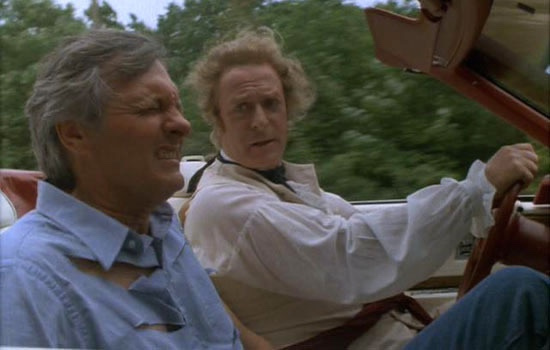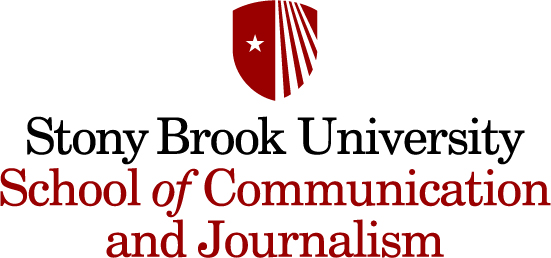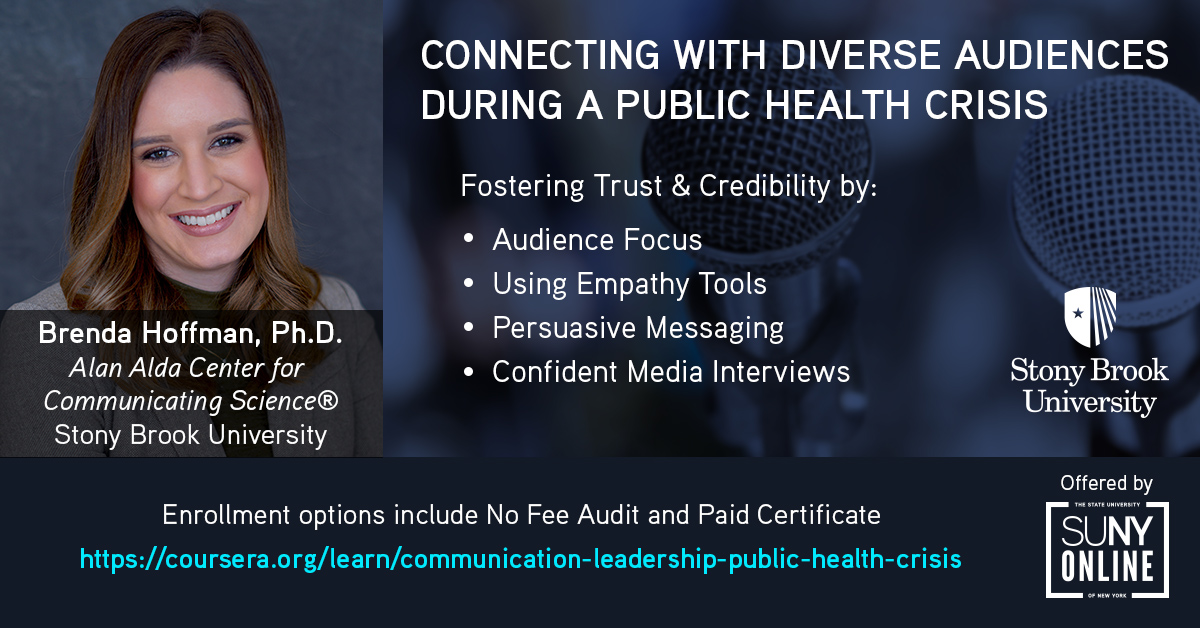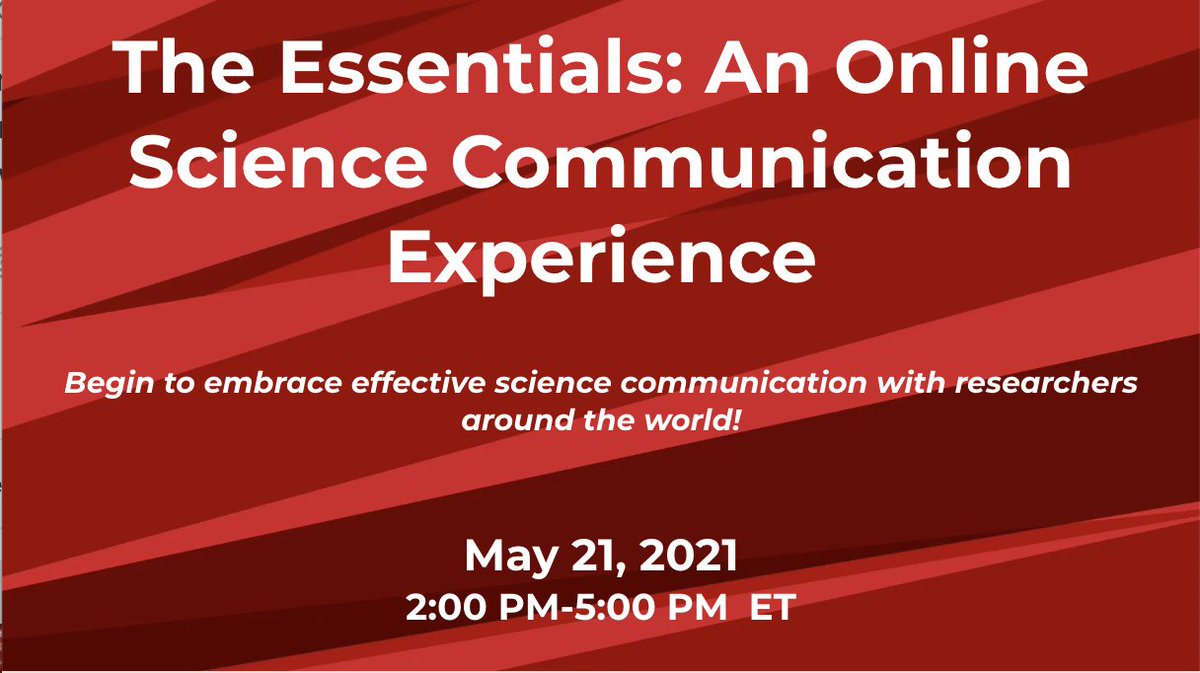Using Emotions to Convey Scientific Knowledge
What gets you up in the morning to get your research done? Is it your curiosity about how nature works? Is it your passion for the environment? Is it your enthusiasm to develop new technologies that can help society, perhaps? Or maybe it’s that sweet feeling of wonder when your experiments lead to unexpected results.
Whatever the reason, your motivation to do research is most likely driven by emotion. Now, think about how the motivation of your colleagues and mentors is also based on their own emotional concepts. This makes research a highly emotional process.
While all emotions play important and protective functions in our lives, the so-called epistemic emotions exist to help us learn and understand the world. You probably create these emotions on a constant basis throughout your research day; with every experiment that you plan, set up or conduct. However, these epistemic emotions don’t only help you find the right motivation to do your research. Recent findings in the science communication field also recommend using two of these epistemic emotions when conveying scientific knowledge: curiosity and awe.
About the knowledge emotions curiosity and awe
The two epistemic emotions curiosity and awe follow each other in a circle with no hard border between when the experience of one emotion ends and the other one starts. They can stimulate each other and spread to other people from a person experiencing either one of these emotions.
We might create the emotional concept of curiosity when we realise that we have a gap of knowledge in a certain field and are driven to close that gap just for the sake of knowing. Often, we do not have a logical reason to fill that knowledge gap other than a NEED TO KNOW! Look at yourself; your research might be very much driven by that one question that keeps you up at night and fuels your motivation to write another grant application. This drive to know is curiosity at its purest!
Awe, on the other hand, is that inspiring feeling of having closed a small part of a knowledge gap while understanding the vastness of the question. We might feel overwhelmed by how huge or phenomenal the subject is or it can lead to a change in how we see the world around us. For example, when you sit down and look at the entirety of the data from your experiments and it finally “clicks” and you feel you have THE answer. You might come up with a new model that supposedly explains everything. In this very moment, you most likely experience awe as you let your new concept shine. Such episodes filled with “awe,” pride and curiosity are what many researchers enjoy most about the whole research process - I know I did.
As you can see, one interesting thing about these two emotional concepts is that curiosity sparks awe sparks curiosity sparks awe… The more we learn, the more aware we are of our knowledge gaps and the more we are motivated to close those gaps. So, if curiosity and awe spark a person’s motivation to learn about a certain topic, can we also use these emotions to effectively convey scientific knowledge?
Sparking curiosity and awe in science communication audiences
As is often the case in the social sciences the answer is “it depends.” Aaaah, yes, the uncertain feeling of confusion this answer provokes… But don’t worry, confusion and uncertainty also stimulate curiosity.
Recent research showed that we create our emotions based on our own experiences, cultural values and conceptual tools. Hence, not every person is able to respond to your science communication effort with the curiosity and awe you might intend. When introducing an audience to your research topic, some people might create other emotions based on their experience.
However, we know that curiosity is contagious and it helps learning. Additionally, new experiences can create new emotional reactions. So, the aim of your science communication project could be to stimulate just one person in your audience to create a moment of curiosity and awe. Then, hopefully (hope, another important emotion in the scientific world!) this person will spread those emotions into their surroundings. This is often the case, as research shows that people are quick to share and like social media posts when these contain awe-inspiring images. Interestingly, awe also triggers connection in people; they might feel more connected to each other, to the environment, the beauty and the mundane when awed.
So the next time you’re preparing a talk about your research project, an illustration about your latest paper or another grant proposal, try to be more mysterious about your research topic to help your audience create curiosity.
To achieve this, give your audience enough background info and explain why your research matters so that they see the knowledge gaps themselves.
This will help them crave more information on the subject so that they want to keep listening to you and fill their knowledge gaps.
And who knows, maybe the listener, reader or social media user will pose a new mind-blowing question after your talk, share your social media post with the world or decide to give you that grant. In such cases, your science communication efforts will prove indeed successful which means you can take some time to feel satisfied and proud (yes, these almost-forgotten emotions in the scientific world still exist).









